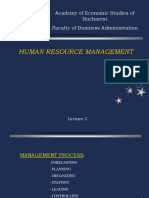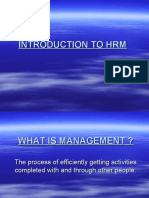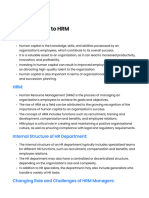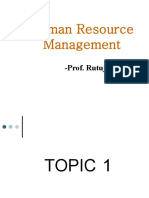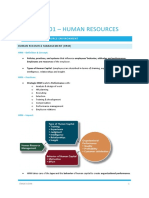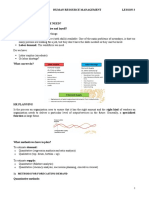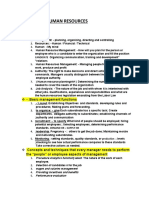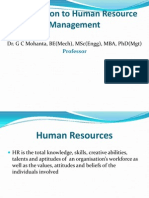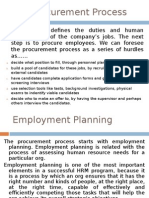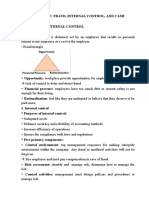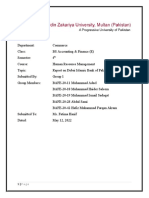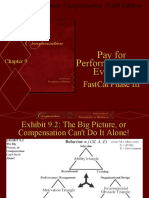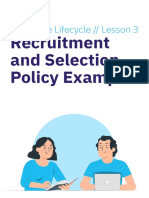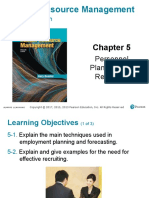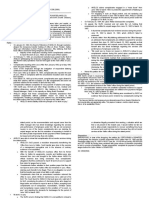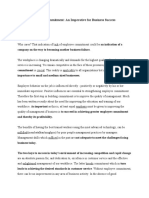0% found this document useful (0 votes)
91 views8 pagesHUMAN RESOURCES MANAGEMENT Lesson 2
This document discusses key aspects of human resources management. It covers 1) defining competencies and human capital, 2) the evolution of HRM, 3) common HRM practices like recruitment, selection, training and development, and 4) skills required for HRM professionals. Specific chapters cover analyzing jobs, designing job descriptions, recruitment sources and methods, and personnel selection techniques including application reviews, testing, interviews and background/reference checks. The goal of HRM is to attract and retain qualified employees through lawful and strategic policies that support business objectives.
Uploaded by
Yukino YukinoshitaCopyright
© © All Rights Reserved
We take content rights seriously. If you suspect this is your content, claim it here.
Available Formats
Download as DOCX, PDF, TXT or read online on Scribd
0% found this document useful (0 votes)
91 views8 pagesHUMAN RESOURCES MANAGEMENT Lesson 2
This document discusses key aspects of human resources management. It covers 1) defining competencies and human capital, 2) the evolution of HRM, 3) common HRM practices like recruitment, selection, training and development, and 4) skills required for HRM professionals. Specific chapters cover analyzing jobs, designing job descriptions, recruitment sources and methods, and personnel selection techniques including application reviews, testing, interviews and background/reference checks. The goal of HRM is to attract and retain qualified employees through lawful and strategic policies that support business objectives.
Uploaded by
Yukino YukinoshitaCopyright
© © All Rights Reserved
We take content rights seriously. If you suspect this is your content, claim it here.
Available Formats
Download as DOCX, PDF, TXT or read online on Scribd
/ 8

















